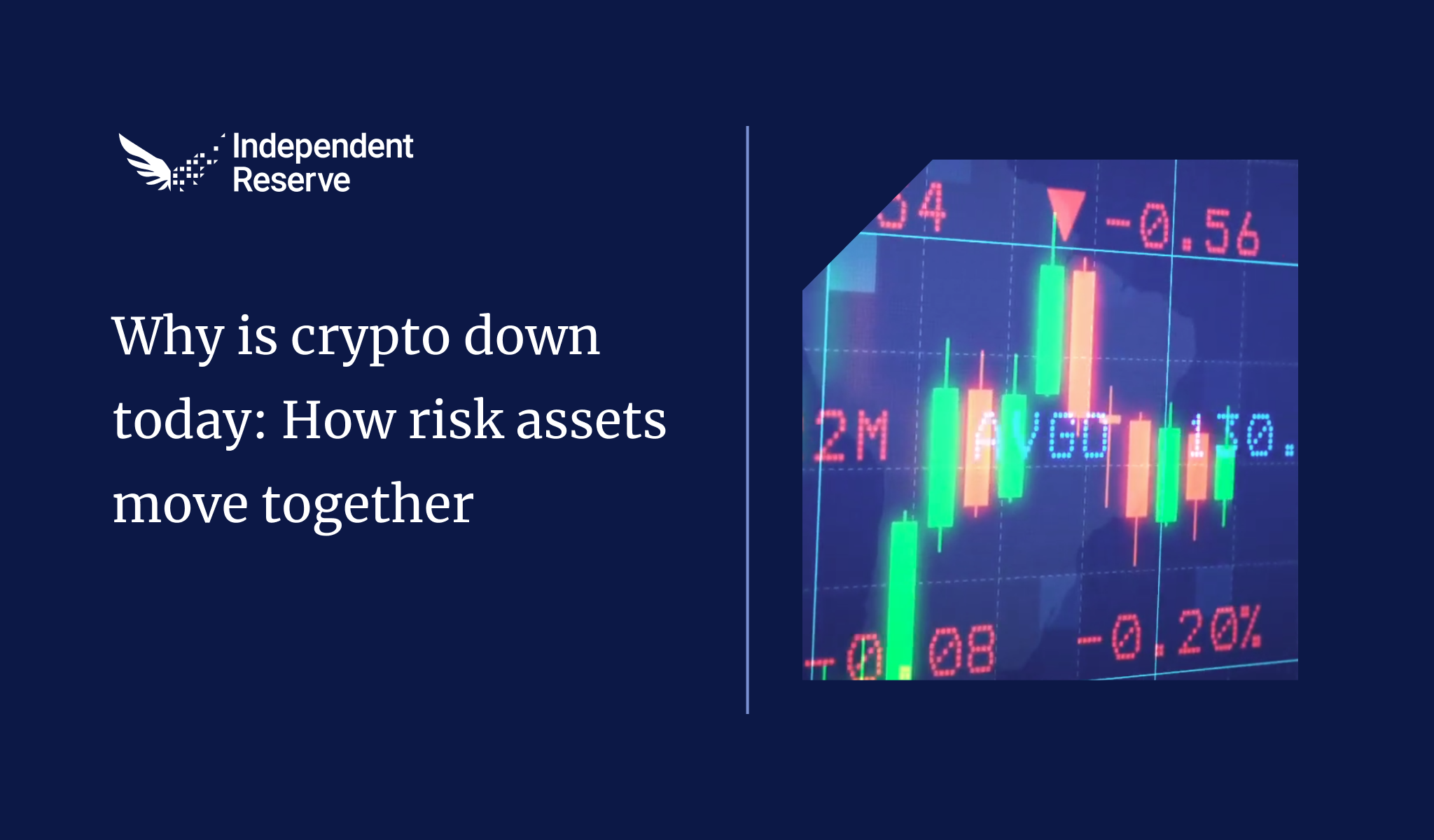Altcoins, short for “alternative coins”, are all the other cryptocurrencies that aren’t Bitcoin. While Bitcoin remains the original and most well-known crypto asset, altcoins bring new features, use cases, and technology to the table.
|
Understanding Bitcoin and Altcoins
What is Bitcoin?
Bitcoin (BTC) was launched in 2009 as a decentralised digital currency. Its goal? To let users send money peer-to-peer without needing a bank. It introduced the world to blockchain technology, and it’s known for its:
- Fixed supply (21 million coins)
- Strong security via proof-of-work
- Reputation as “digital gold”
Bitcoin is often seen as a store of value, especially in times of inflation or market uncertainty.
What are Altcoins?
Altcoins are any cryptocurrencies that aren’t Bitcoin. Some aim to improve Bitcoin’s design, while others offer completely different functions — like powering smart contracts, enabling stable payments, or connecting multiple blockchains.
Here’s a breakdown of the most widely accepted categories:
1. Platform coins (Layer 1s)
Purpose: Power their own blockchains and support smart contracts and apps.
Examples:
- Ethereum (ETH) – Smart contracts and DeFi
- Cardano (ADA) – Research-driven PoS platform
- Solana (SOL) – High-speed blockchain for dApps and NFTs
- Polkadot (DOT) – Interoperability-focused with parachains
Why it matters: These blockchains form the infrastructure of Web3. Other tokens (including NFTs and DeFi tokens) are often built on top of them.
2. Stablecoins
Purpose: Pegged to fiat currencies, used for trading and transferring value with minimal volatility.
Examples:
- Tether (USDT)
- USD Coin (USDC)
- Ripple USD (RLUSD)
Why it matters: Stablecoins are essential for trading, hedging volatility, and enabling DeFi protocols. They’re widely used for transferring value across borders or between platforms.
3. Utility tokens
Purpose: Provide access or services within a blockchain project.
Examples:
- Chainlink (LINK)
- Render Token (RENDER)
- The Graph (GRT)
Why it matters: These tokens are not primarily designed as currencies but as tools to interact with a network or service.
4. Governance tokens
Purpose: Let holders vote on decisions like upgrades or funding allocations.
Example:
- Uniswap (UNI)
Why it matters: Governance tokens are key to decentralised autonomous organisations (DAOs) and protocol development.
5. Meme coins
Purpose: Community-driven, often speculative, and popular on social media.
Examples:
Why it matters: While controversial, meme coins attract huge trading volumes and can act as entry points for new users. Some evolve into more serious projects over time.
Key Differences between Altcoins and Bitcoin
| Bitcoin | Altcoins | |
| Primary use case | Digital gold, store of value, peer-to-peer payments | Varies: smart contracts, privacy, governance, stablecoins, DeFi, etc. |
| Technology | Proof-of-Work (PoW) | Often use different or modified consensus mechanisms (e.g., Proof-of-Stake, Proof-of-Authority) |
| Volatility | Volatile, but less so than most altcoins | Generally more volatile, especially low-cap or niche tokens |
| Adoption | Recognised globally, held by institutional investors | Growing, but use cases and regulatory clarity vary by project |
| Supply | Fixed cap: 21 million BTC | Fixed or flexible supply depending on the coin (e.g., ETH is inflationary) |
Considerations before trading altcoins
1. Understand the use case
Before trading, ask:
- What does the project aim to solve?
- Is it a platform (e.g., Ethereum), a DeFi protocol (e.g., Aave), or a stablecoin (e.g., USDC)?
- Does it offer real-world utility or innovation?
Understanding the core function helps assess whether it’s speculative or has long-term potential.
2. Research the team and roadmap
Legitimate projects typically have:
- A transparent and experienced team
- A clearly defined development roadmap
- Open-source code or whitepaper access
- Regular updates through blogs, GitHub, or social channels
3. Know the tokenomics
Key tokenomics factors to examine:
- Total supply vs. circulating supply
- Inflation/deflation models
- Staking or burning mechanisms
- Who holds large percentages of the token (e.g., VCs, insiders)?
4. Choose a trusted platform
Always trade on a reputable and licensed exchange, like Independent Reserve, that offers:
- Transparent fee structures
- Competitive pricing
- OTC desk access for large trades
5. Stay Informed on regulatory risks
Some altcoins may fall under scrutiny from regulators due to:
- Securities classification concerns
- Privacy features
- ICO history
Frequently asked questions
Do I need Bitcoin to buy altcoins?
Not always. On exchanges like Independent Reserve, you can buy many altcoins directly with fiat currencies (AUD, NZD, USD, SGD). On some platforms, however, you may need to first purchase Bitcoin or another base currency.
Are stablecoins considered altcoins?
Yes. Stablecoins like USDT, USDC, and RLUSD are altcoins designed to maintain a stable value, usually pegged to a fiat currency like the USD.
Which altcoins are available on Independent Reserve?
Independent Reserve lists a curated range of popular altcoins across categories.


